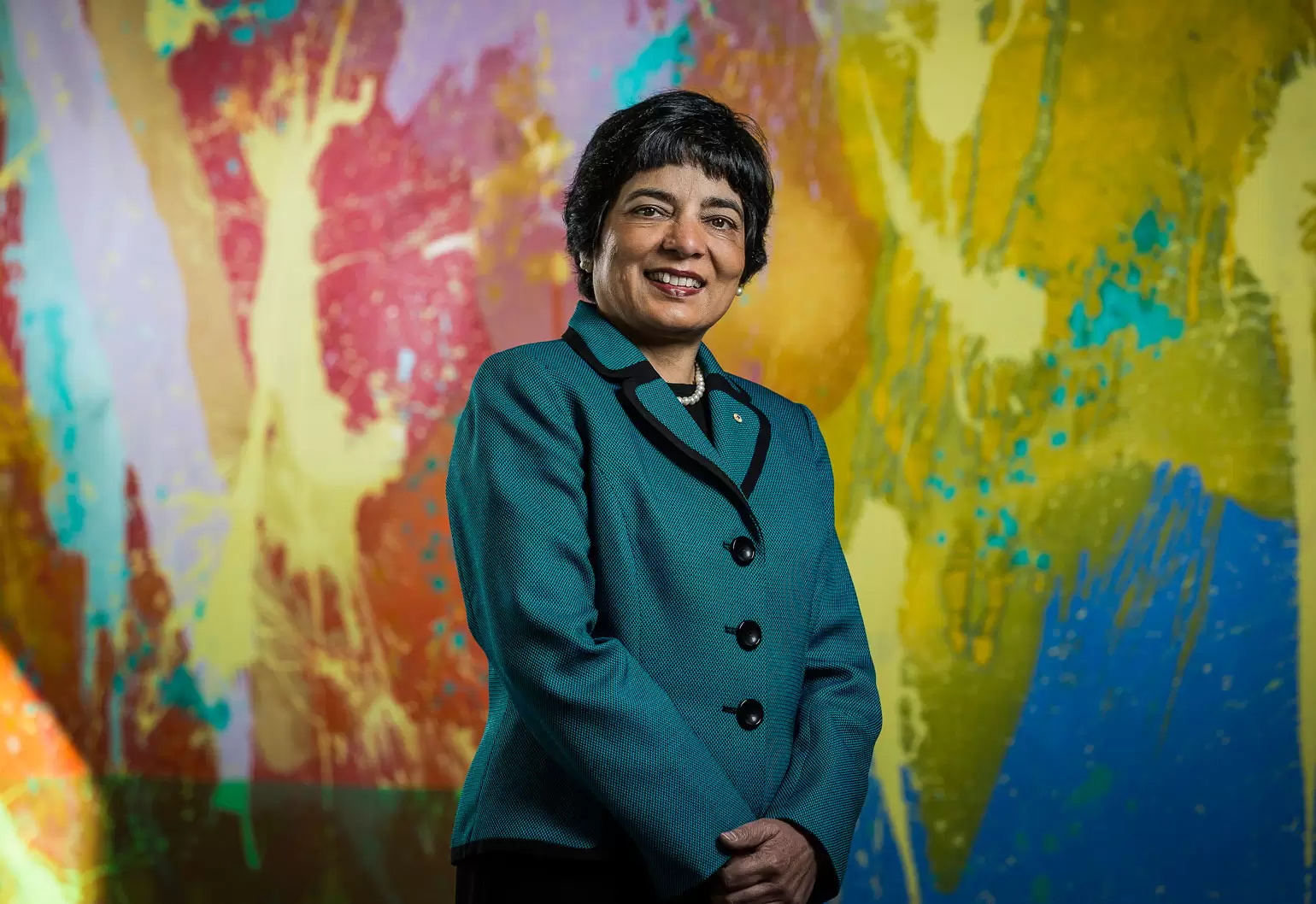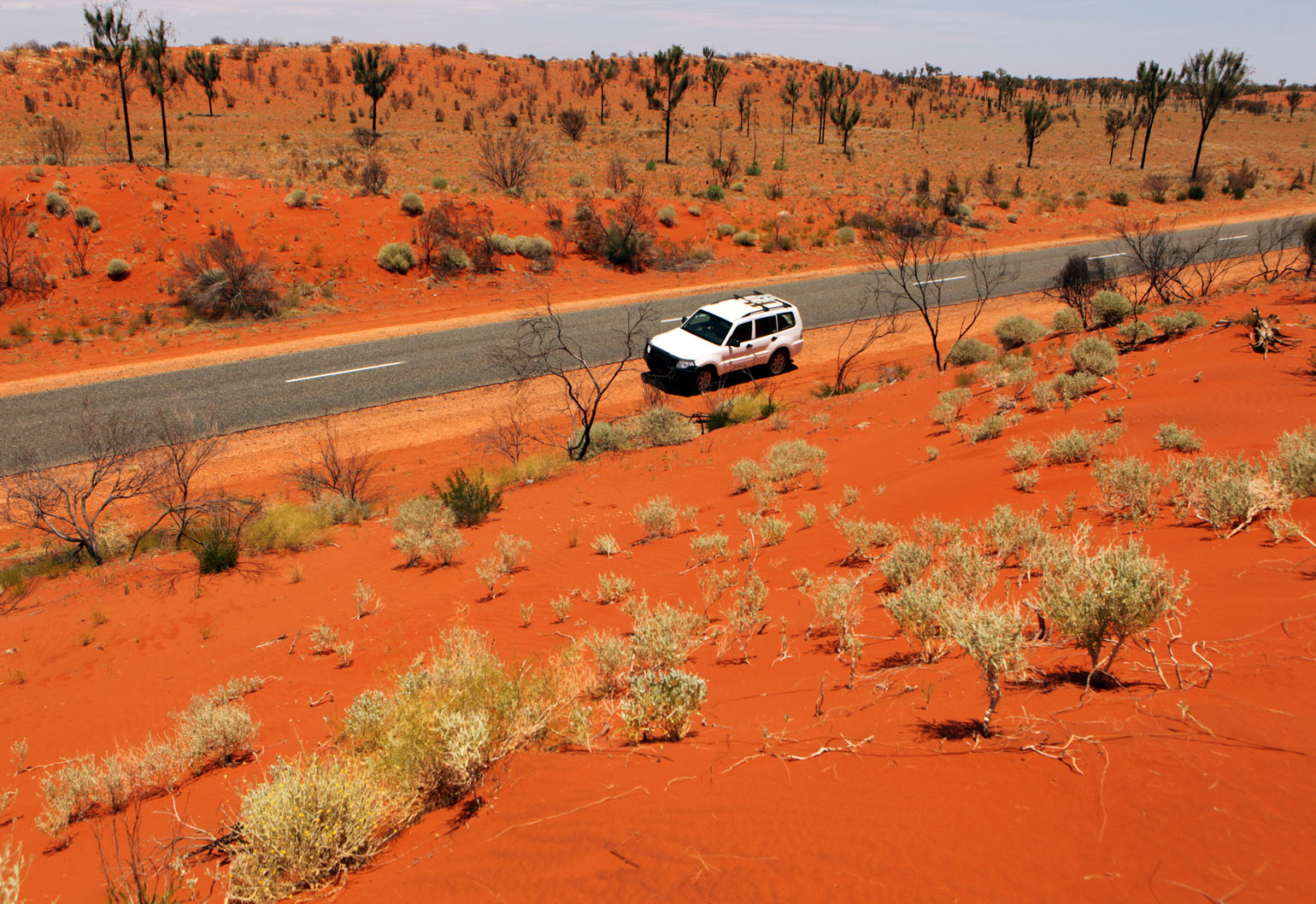Dr Marlene Kanga is soon to take the reins of the world’s largest engineering association, and she is intent on making sure engineers are heard loud and clear when it comes to building the global future.
Engineers will provide the solutions to climate change, sustainable development, the building of new cities, transport, and infrastructure and communication technologies, says Dr Marlene Kanga. So it is important that the voice of engineers is heard not just within the profession, but by politicians, lawyers and bankers at the highest level.
In December 2017, Kanga took on the role of President of the World Federation of Engineering Organisations (WFEO), and she is excited about the prospect of being a strong voice for the profession at the international level with bodies such as the United Nations and the World Bank.
“It’s important for WFEO to have a voice there,” she said, pointing to the COP21 meeting in Paris last year which negotiated the United Nations agreement on climate change.
“While you had all the government ministers having their discussions and signing on that agreement, the WFEO had a side event talking about what engineers can do to achieve the goals of COP21. The politicians can sign on. The economists can talk about what this means for economies and costs and benefits. But it’s the engineers who actually make the change happen.”
Kanga says the WFEO has already had a few successes, citing the recent implementation of the ISO 37000 international standards on anti-bribery, the development of which was led by the WFEO Committee for Anti-Corruption.
“WFEO will be providing training and engaging with aid agencies, in particular to include accreditation to this standard as a prerequisite for participating in international development projects,” Kanga said.
“We hope this will reduce the waste of international aid and other resources, which are the result of corrupt practices.”
Bringing the world to Australia
Australia is sometimes considered a long way from anywhere, but that is probably based on an outdated notion that Europe and North America are the places where it all happens. Kanga believes Australia’s proximity to Asia is now seen as a huge plus.
“In Europe and the United States, they see the juxtaposition of Australia with Asia as a natural fit,” she said.
“I think Australia is slowly coming to terms with considering itself part of Asia. For example, we hosted the Asian Engineering Institutions in Perth recently for their General Assembly, which had never happened ever before. People were really excited about coming to Australia. We had a huge attendance, bigger than normal.”
She is also pleased that when she stood for President, every Asian nation voted for her. Not only is Australia realising that its place is in Asia, but Asia is coming to the same conclusion.
“As Chair of the Engineers Australia International Committee, I had the objective to make the international aspects of Engineers Australia’s activities very strategic and to leverage that for the benefit of Australian engineers in Australia,” Kanga said.
“That has resulted in us forming relationships and signing agreements with Japan, Korea, Singapore, Taiwan and India, after a hiatus of 20 years where nothing much happened.”
And not only are we about to get an Australian President of the WFEO, in November 2019, Australia will play host to the World Engineers Convention. Kanga described the event as the “Olympics of engineering” and says it will be significant, not just because it is coming to Australia for the first time and will be presided over by an Australian president of the WFEO, but because it coincides with the centenary of Engineers Australia. This provides an opportunity to tell the world about Australia’s contribution to engineering, such as the bionic ear, the blackbox flight recorder and wifi.
“The logo of the convention highlights the invention of wifi in Australia,” she said.
“This invention is used by billions around the world every day, yet few know that it is an Australian invention.”
Spreading the word
Kanga said informing non-engineers about the contribution that engineers make to society and the economy will be another focus in her presidency.
“Engineers don’t talk about our achievements enough. We really need to make the connection between society and the impact on society and the economy and the work that engineers do,” Kanga said.
“Most engineers like me, we love our work. What we don’t do enough of is to go out into the community and explain what engineers do. Can you imagine a world without engineering? Everything around us is engineered. Particularly, looking to the future of the planet, of the world with limited resources. We’re going to need more engineers to solve all these problems.”
Engineering and innovation
Innovation is particularly important to Kanga. On a personal level, her company, which developed automated video analytics software, holds more than 40 patents. She is also Chair of the Department of Industry’s R&D Tax Incentive program, the largest industry support program in Australia.
“Engineering is all about innovation,” she said.
“I always say to young people, ‘if you want to change the world, become an engineer’.”
She also notes that in China and other Asian countries, engineers are more prominent in political leadership and this provides both an insight into the way these countries approach problem solving and an opportunity for the profession to engage more.
“Engineers have a certain way of doing things. We’re very systematic in our approach,” she said.
“If you look at countries like Singapore, where they are very strategic and forward looking in their planning for the city, they are looking ahead all the time at what the new technologies might be and implementing that, staying ahead of the curve.”
Kanga said the way the world works compared with 2015 or even 2005 is very different because of the technologies that have come into play.
“These technologies are being driven by scientists and engineers,” she said.
“There is also a big movement in terms of advocacy for science and engineering and what I call science diplomacy. Being able to talk to politicians, policy makers and to government and to say this is what’s important. To be politically neutral about it, but to put the facts forward in a way that’s accessible and easily understood. It can then be translated into good policy.”
Building a more diverse profession
Kanga will be just the second Australian to become president of the WFEO after Barry Grear in 2007-09.
More surprising is that she will be just the second woman to take the role after Maria Laffargue in 2009-11. She says it is important for the profession to elect more women to positions such as this, as it helps provide role models for younger women in engineering.
“I was actually fortunate enough to be present at the meeting where Maria Laffargue got elected. For me, that was something quite amazing and inspirational,” she said.
“We don’t have enough role models. Young people need to know what a woman engineer looks like, or what an engineer who is a mum looks like. If they see one or two women up there they will think ‘I can do that too’.”




Hello from Mongolia